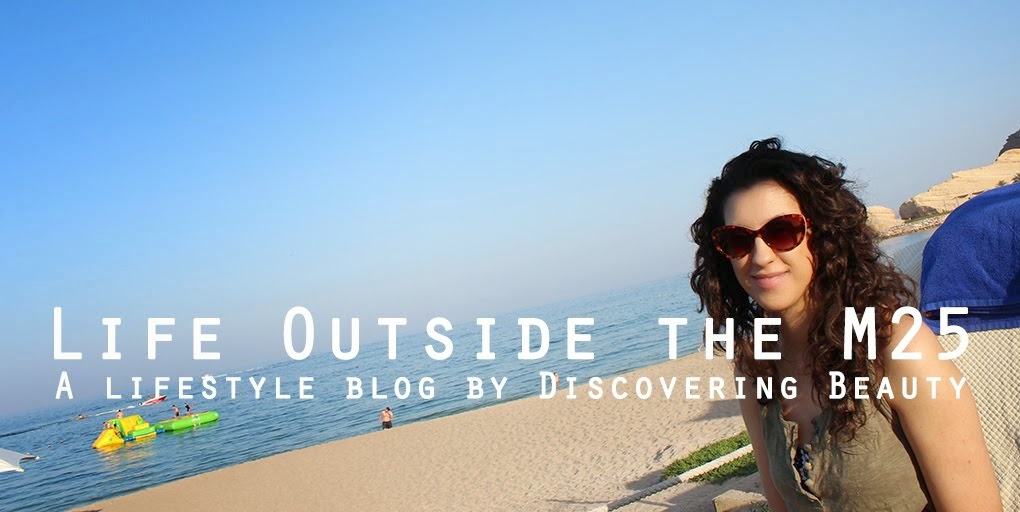Leaving it so long to write up this post has worked out quite well. It's nice to reminisce about the last holiday and the last time I was able to dive before I found out I was expecting. We visited Egypt in February going primarily because of a friends wedding, but deciding to make a diving and a sight-seeing break out of it, too. This post will focus on the diving holiday.
The Red Sea is probably one of the best-known diving and snorkelling locations, and I can see why. That said, February isn't the best time of year to go, but more on that later.
We decided to stay away from the typical resort location of Sharm El Sheik and stay a little outside of Hurghada in Safaga. Although from Europe it is one flight straight to Hurghada, we had to take three. Oman to Amman, Amman to Cairo, and Cairo to Hurghada. On arrival, we were picked up by a very entertaining driver called Mahmood who spent the journey telling us all the problems with Egypt and the Middle East and what he would do to solve them. He also told us just how bad the tourism situation was. Ours was the first job he had had in a week. I expected the area to be quite (February isn't peak diving season), but not as quite as it was. Our resort had a total of five guests, and that was after we arrived. The other resorts in the area had similar numbers. So great for tourists looking for a cheap deal, but not so good for the locals trying to make a living.
We stayed at Orca Village, a hotel linked to the Orca Dive Resort. The general idea behind a diving holiday is that is all you do. Our routine was to rise early for breakfast, get on the boat at 8 am, and then spend the day at sea. The diving only takes up two hours, and you don't even travel that far out to get to the dive sites, but you spend a lot of time just relaxing and enjoying the ocean. We would arrive back at the dock/hotel at around 4 pm, shower and rest, then dinner at around 7 and bed by 9 pm, ready to repeat the whole thing the next day.
Before this trip, I'd only ever travelled by speed boat to dive sites, which isn't the most comfortable way of travelling. While the Orca Dive Club owns a few different boats, because of the locations we were visiting and the number of guests we spent all our days on the Alia 3, which is a nice big boat with a good area for kitting up and a sundeck to relax on in between dives. Lunch was freshly prepared on the boat every day and never failed to impress. Diving is one of those things that makes you very hungry and a lot of the time any food will do, but the guys on the boat did a great job, and every day was different. The dinner at the hotel was also fantastic, and catering for such a small number of people meant that we had what seemed more like home cooking than your typical hotel buffet.
Wow, all these words, and no mention of the diving yet. No surprises that it was amazing. The Red Sea is full of coral and lots of interesting sea life, and the visibility was always great. We mostly saw small things, and it was nice that a lot of them were things we hadn't seen before, but there is big stuff to be seen (sharks, dolphins, etc.) at the right time of year and site.
Rather than waffle on much more, I'll leave you to enjoy lots of pictures instead. We also fit in our advanced diving course out there, which worked out cheaper than Oman and were lucky to get an excellent instructor. If I had to pick a negative about the whole trip, it's that the water was freezing! As I mentioned before February is not diving season and even with a thermal rash guard, two thick wetsuits and a hood, I found it pretty cold. But, that just gives us an excuse to go back in the summer when the water is warm and you don't even need a wetsuit.

















